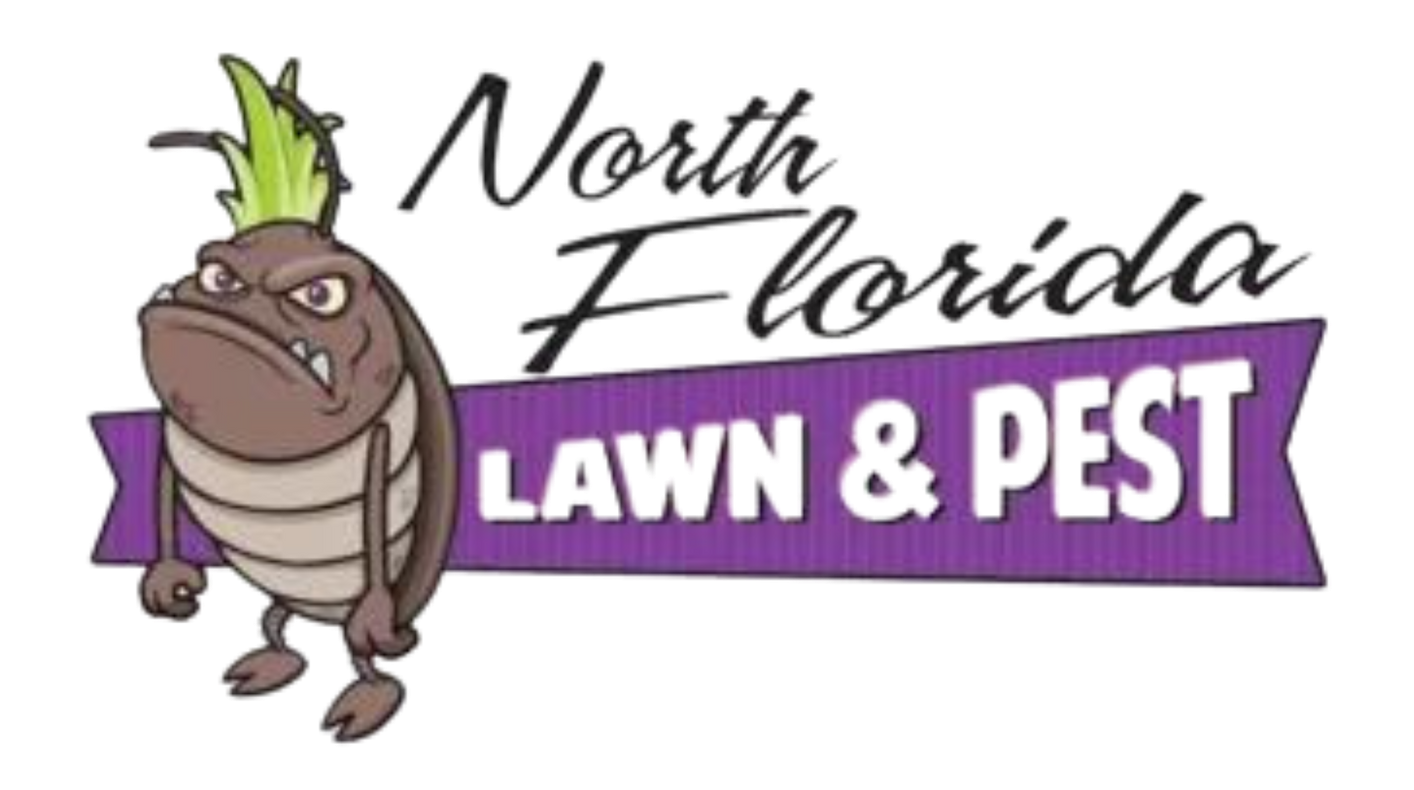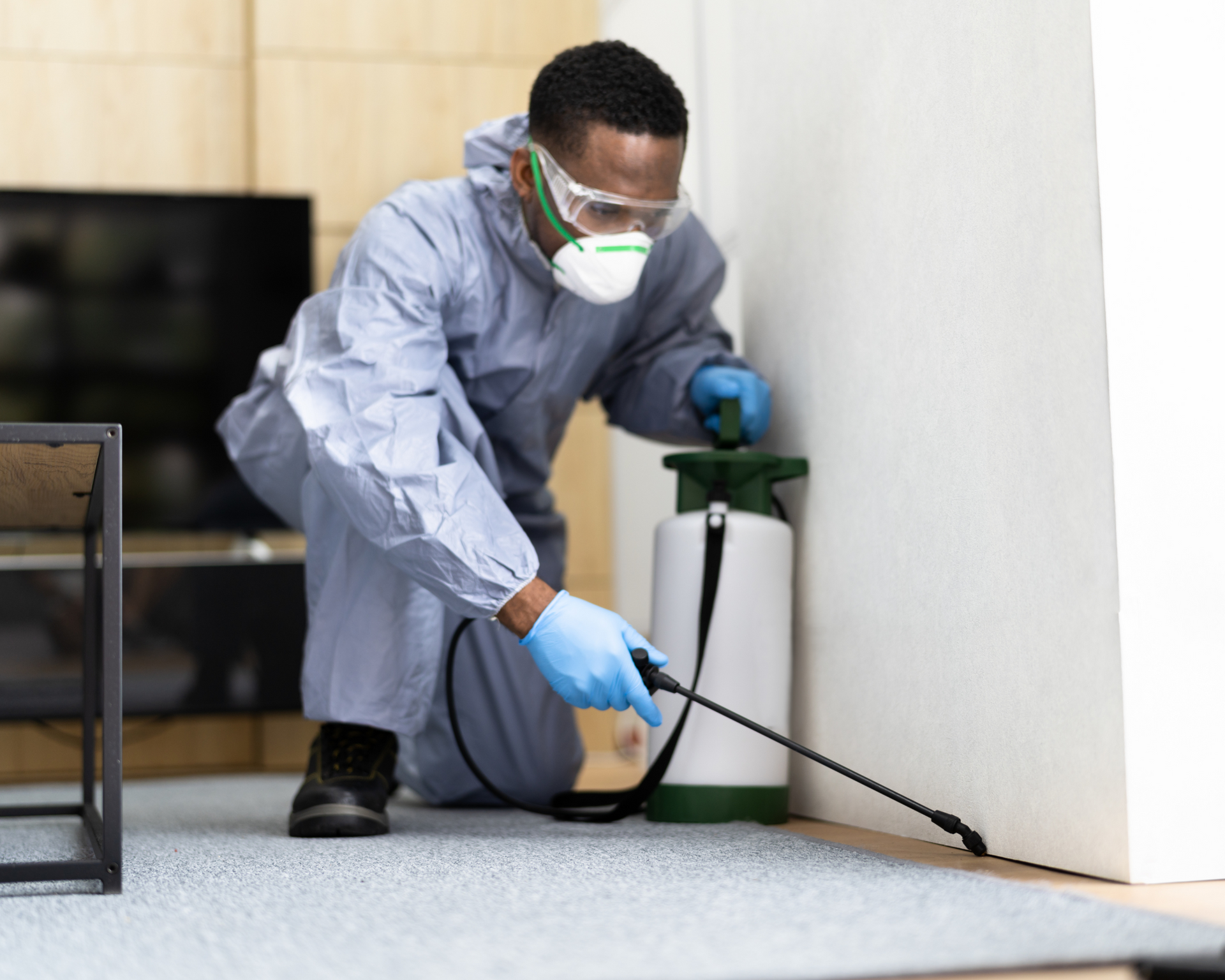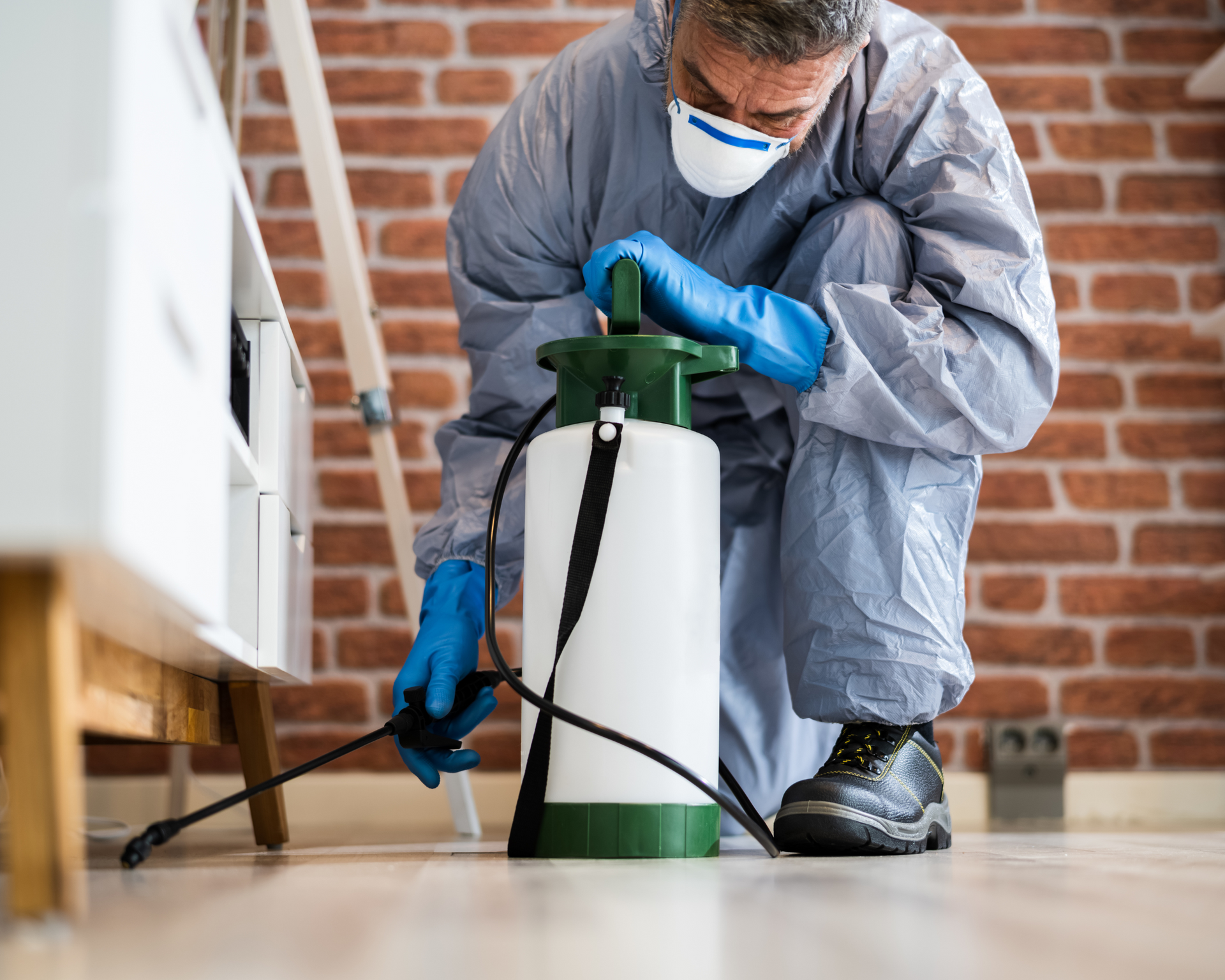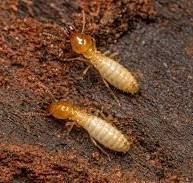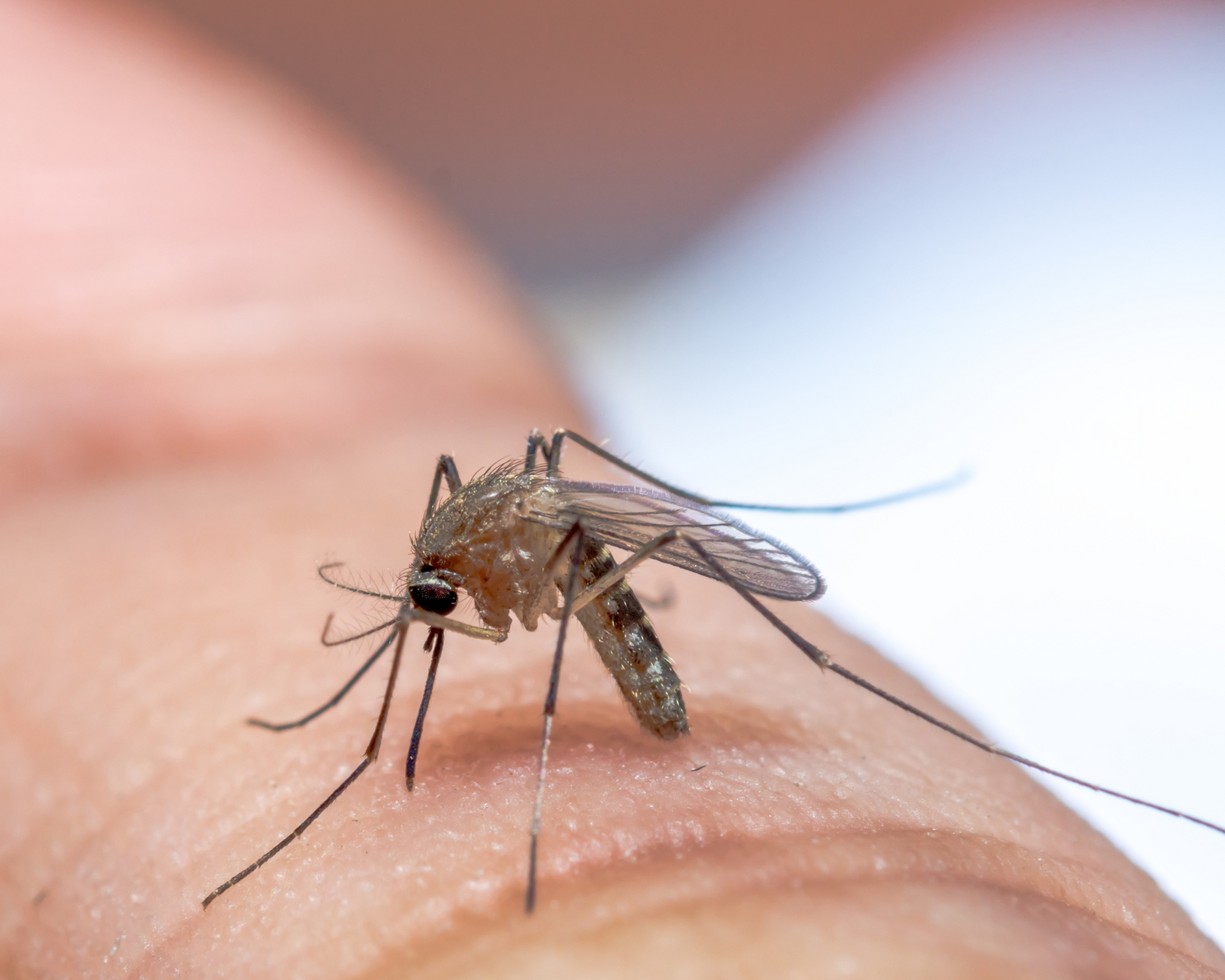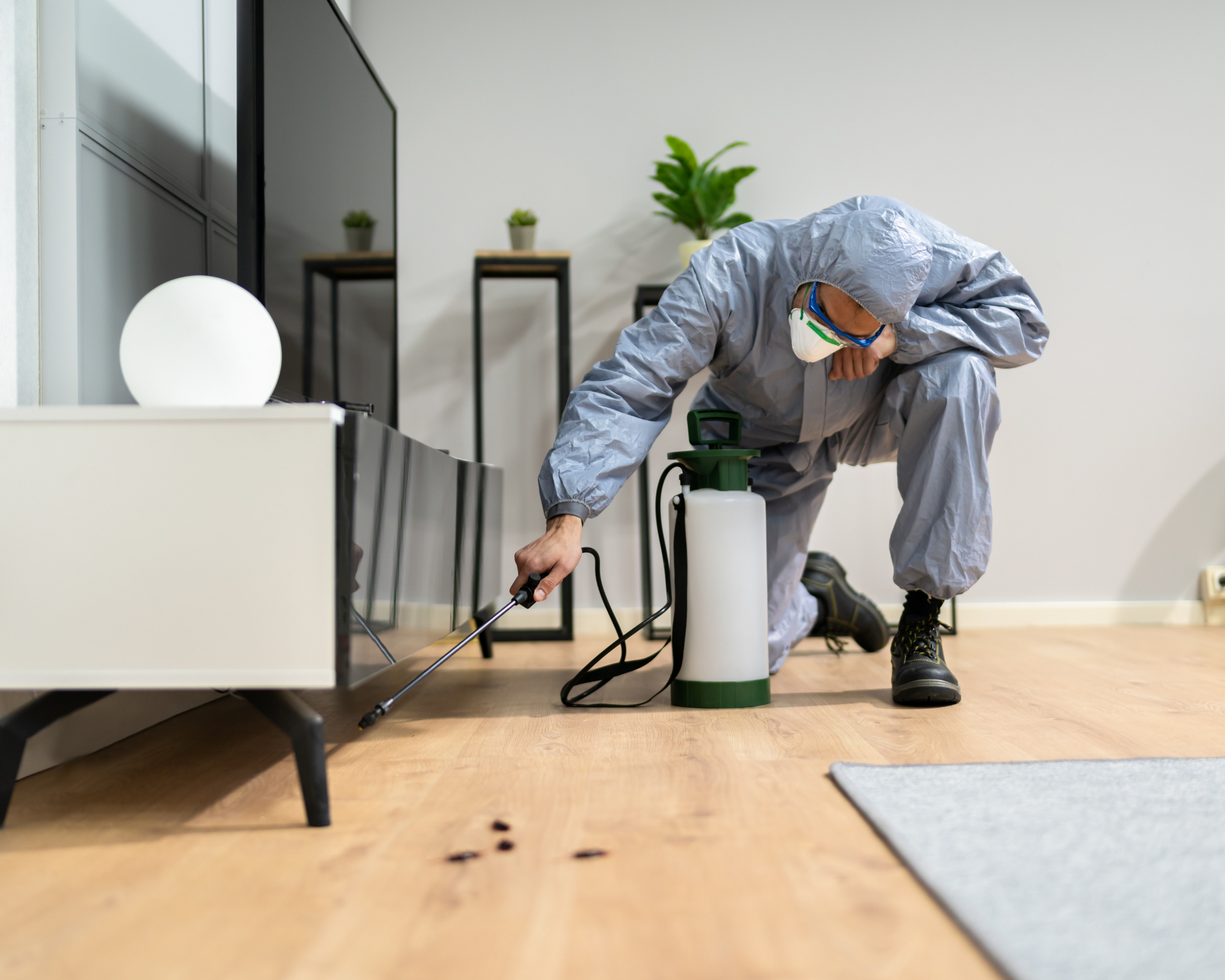How Do Pest Control Experts Handle Severe Roach Infestations?
Handling Severe Roach Infestations
A roach infestation is more than just an inconvenience, it’s a serious problem that can affect your health and home. Severe roach infestations can quickly spiral out of control as these pests reproduce rapidly and hide in hard-to-reach places, making them difficult to eliminate without professional help.
When dealing with a severe infestation, pest control experts follow a strategic, multi-step approach to ensure complete eradication. Let’s explore the methods they use to tackle even the most stubborn roach problems.
1. Identifying the Infestation
The first step in handling a severe roach infestation is identifying the species and severity of the problem. Different roaches require different treatment methods, so professionals carefully inspect areas where these pests are most active, including:
- Kitchens and pantries (near food and moisture sources)
- Bathrooms (around sinks, drains, and pipes)
- Dark crevices and storage areas (closets, basements, and behind appliances)
Experts look for signs such as droppings, egg casings (oothecae), shed skins, and musty odors to gauge the extent of the infestation.
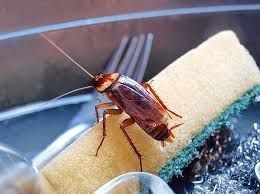
2. Eliminating Food, Water, and Shelter
Roaches thrive where food, moisture, and shelter are readily available. To make your home less inviting, pest control professionals recommend:
- Deep cleaning – Removing crumbs, grease, and food residue from counters, floors, and appliances.
- Sealing food properly – Storing all food (including pet food) in airtight containers.
- Fixing leaks – Repairing any dripping faucets or pipes to reduce moisture.
- Decluttering – Eliminating cardboard boxes, newspapers, and unnecessary storage where roaches can hide.
While cleanliness alone won’t eliminate a roach infestation, it reduces their food supply, making baits and other treatments more effective.
3. Sealing Entry Points
Roaches can squeeze through tiny gaps, so pest control specialists seal potential entry points to prevent reinfestation. This includes:
- Caulking cracks and crevices around doors, windows, and walls.
- Installing weatherstripping on doors and windows.
- Using fine mesh screens on vents and drains.
- Sealing utility entry points where pipes and cables enter the home.
By blocking off these access points, pest control experts create a barrier that prevents new roaches from entering.
4. Deploying Professional-Grade Baits and Traps
For severe infestations, experts rely on highly effective baiting systems that lure roaches out of hiding. These baits contain slow-acting insecticides, which allow the roaches to carry poison back to their colony, killing others in the process.
Some of the most effective baiting methods include:
- Gel baits – Placed in crevices and along baseboards where roaches travel.
- Bait stations – Sealed units that attract and poison roaches safely.
- Sticky traps – Used to monitor and capture roaches in high-traffic areas.
Unlike over-the-counter treatments, professional baits target entire colonies, ensuring long-term control.
5. Using Insect Growth Regulators (IGRs)
To break the roach reproduction cycle, pest control experts apply insect growth regulators (IGRs). These chemicals disrupt the development of eggs and nymphs, preventing new generations of roaches from maturing.
IGRs work best when used alongside baiting and extermination treatments, providing a long-term solution rather than just a temporary fix.
6. Applying Targeted Insecticides
For extreme infestations, pest control professionals use residual insecticides to eliminate roaches hiding in cracks and crevices. These treatments include:
- Boric acid – A natural powder that roaches ingest, leading to dehydration and death.
- Diatomaceous earth – A fine dust that damages roach exoskeletons, causing them to dry out.
- Perimeter sprays – Liquid treatments applied around the home to keep roaches from re-entering.
These insecticides are applied strategically and safely, ensuring effective control without harming people or pets.
7. Follow-Up Treatments and Monitoring
Severe infestations often require multiple treatments to fully eradicate roaches. Pest control experts conduct follow-up inspections to:
- Check bait stations for activity.
- Reapply insecticides or IGRs if needed.
- Monitor traps to ensure the infestation is decreasing.
This step ensures that any remaining roaches are eliminated, preventing a resurgence.
8. Preventing Future Infestations
Once the infestation is under control, pest control professionals provide recommendations to keep roaches from returning, such as:
- Regular deep cleaning – Keeping kitchens and bathrooms free of food residue.
- Ongoing home maintenance – Sealing cracks and repairing leaks.
- Routine pest inspections – Catching potential infestations early.
By following these preventative measures, homeowners can maintain a roach-free environment for the long term.
The Bottom Line
Handling a severe roach infestation requires expert knowledge, professional treatments, and a multi-step approach. While DIY methods may offer temporary relief, they rarely eliminate the root of the problem.
Want To Learn More? Contact Us
Pest control experts combine scientific techniques, advanced baits, and targeted insecticides to ensure complete eradication. If you're dealing with a persistent roach problem, professional intervention is the best way to achieve lasting results.
And if you're looking for an expert, don’t hesitate to contact us here and get to know how our different pest control services can help you.
Like this post? Share it here...
